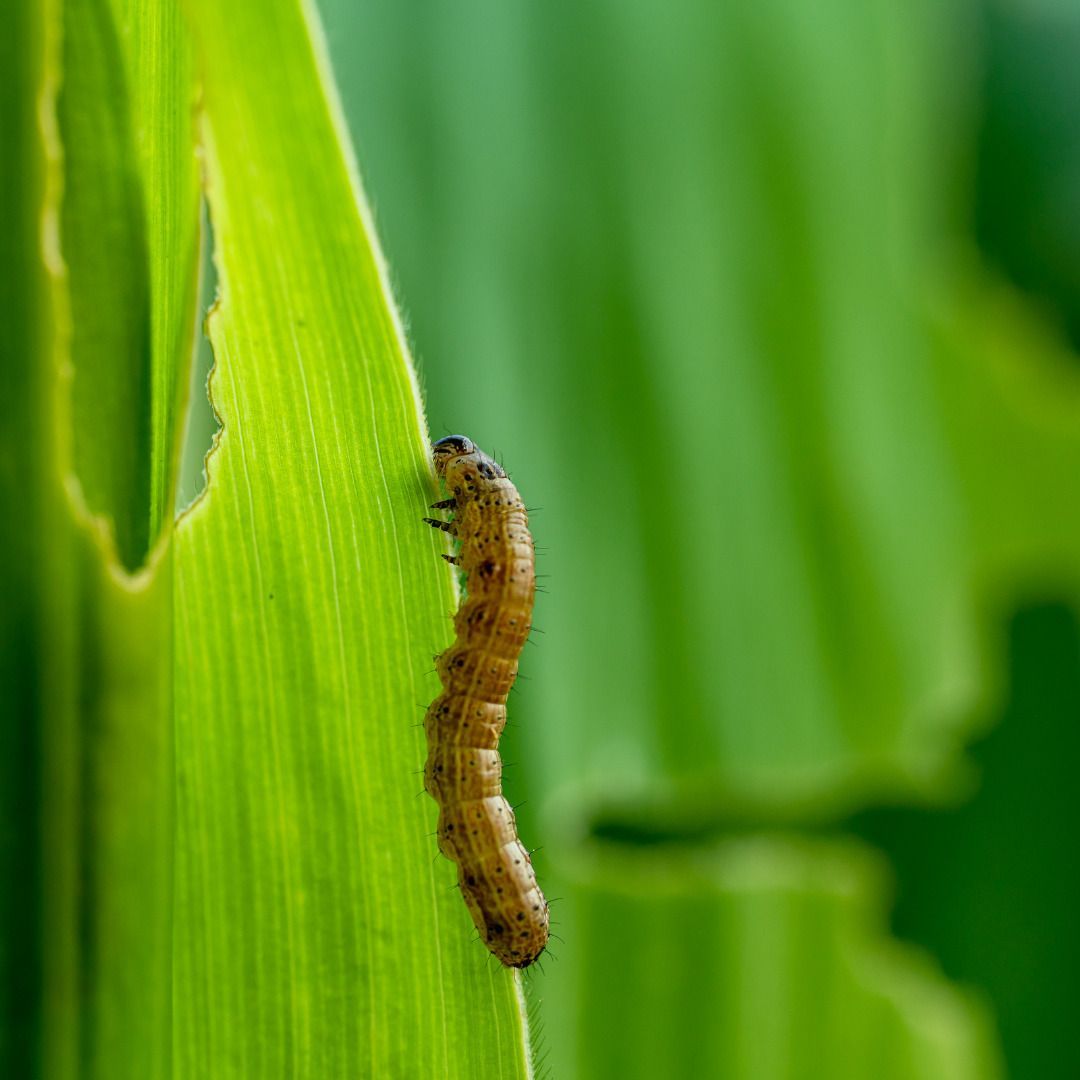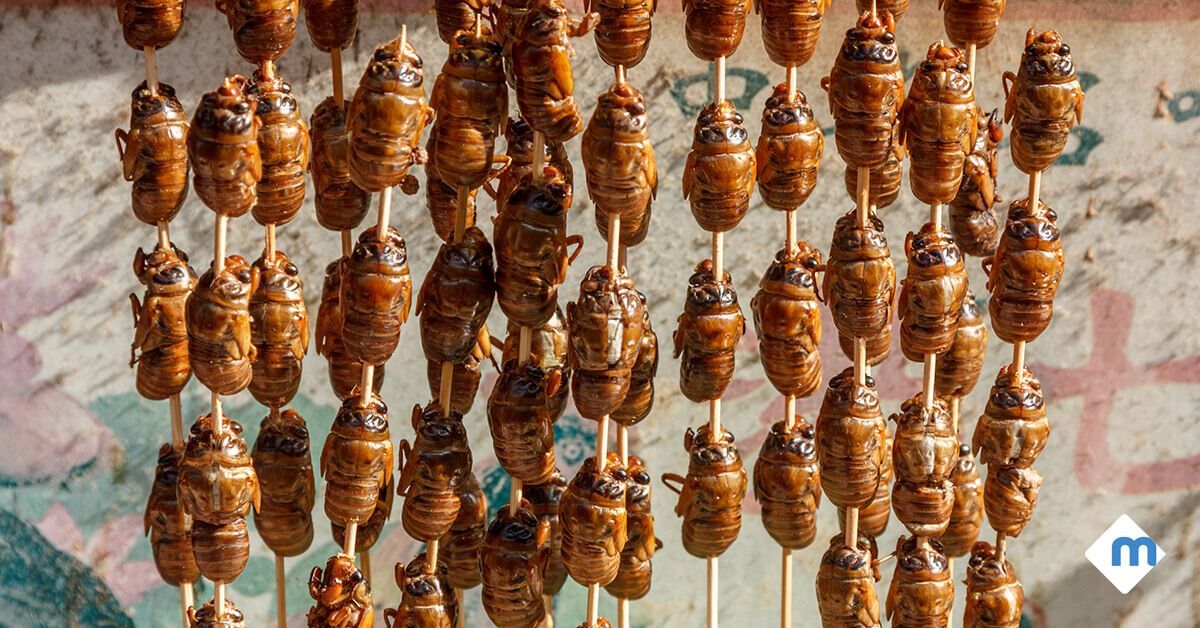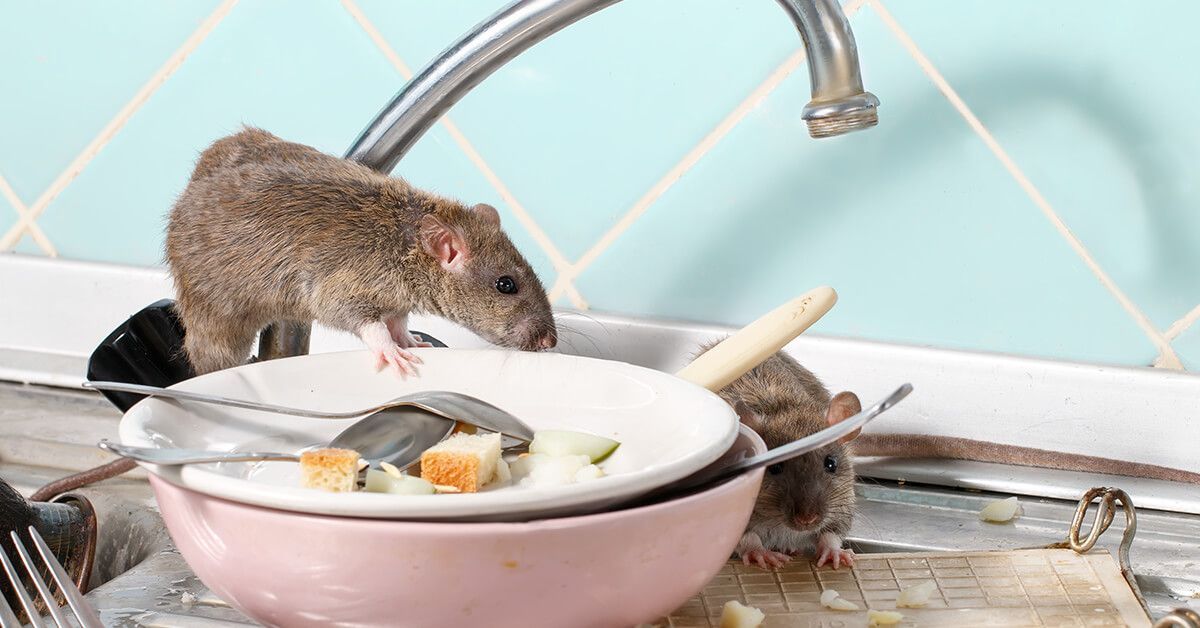Everything You Need to Know About Army Worms
An outbreak of armyworms is becoming a big concern in north Alabama, and they are a persistent problem on every homeowner’s lawn.
According to the Alabama Cooperative Extension System, armyworms have been an issue for more than 100 years across the Southeast. They are not new to farmers, but they are to some homeowners. Fall armyworms infest pastures and turf grasses heavily.
WHAT DO ARMY WORMS LOOK LIKE?
Armyworms are the larvae of a tiny brownish-gray moth. They are known to destroy a variety of agricultural crops, like maize, soybeans, cotton, peanuts, and sorghum.

But when the pickings become few due to hot, dry weather, the moths and caterpillars seek greener pastures, like your grass. Female moths may hatch up to 2,000 small eggs per blade of grass. The eggs hatch after a few days.
The little caterpillars start off green with a blackhead, but after 14 days or so of munching the grass, they turn brown with white lines on the side and a reddish-brown head. They can reach a length of almost an inch. Your yard is in big danger if you notice these worms eating your grass.
The term “fall armyworm” comes from the fact that thousands of them march over a lawn like an army, eating as they go. People who have lawns that are highly infected claim to be able to hear the chewing.
These assassin caterpillars only move at night and crawl into silk-lined burrows during the day. They may first appear as a brown spot of turf that grows larger every day. Or you could wake up one morning to discover nothing but dirt where the grass once was.
HOW CAN I TELL IF MY LAWN HAS ARMYWORMS?
First and foremost, knowing what type of grass you have can help you identify the problem. Buffalograss, fescue, ryegrass, and bluegrass are the most common homes for these insects.
It’s easier to treat your grass for armyworms if you catch them early. Because they are nocturnal, you must learn to recognize the signs because you may not spot the infestation instantly. If you think you could have an armyworm problem, look for two signs:
- BIRDS. The number of birds in your yard has increased. Caterpillars will be eaten by birds, but not in sufficient numbers to restore your lawn’s health.
- BROWN PATCHES . Your grass has brown patches. You could even see them on your driveway or sidewalk.
It’s also worth noting that certain circumstances make an armyworm infestation more likely to happen. When rainfall is above average in August and September, the eggs have a better chance of surviving.
HOW DO I TREAT MY LAWN FOR ARMYWORMS?
Here are some treatment options for armyworms:
- Mow the grass short and water it well.
- Then apply a liquid pesticide to the grass. With army worms, granular pesticides are typically less effective.
- Then, allow the pesticide to work its magic. Do not mow or water your grass for at least three days.
Early morning and late evening are the busiest times for armyworm larvae. To get the best results, timing your treatment to coincide with activity, whether you’re using a chemical pesticide or more pollinator-friendly solutions.
There are different effective insecticides available, but you can also opt for a non-toxic solution that won’t harm other insects. The following are the most popular products & techniques:
Bacillus thuringiensis (BT)- The army worm’s digestive system will be paralyzed by this bacteria, while pollinators and birds will be unharmed. It may be sprayed on infected plants in liquid form.
Pyrethrin- Pyrethroids are a form of natural insecticide produced from crushed dried flowers and water that immobilize armyworms when they come into contact with them while sparing other insects alone.
Neem Oil- This natural insecticide, made from leaves extract, kills armyworms without the use of hazardous chemicals.
Diatomaceous earth: For armyworm grubs, the sharp particles in this dust are like crawling through tiny razor blades, yet they are safe for pollinators and animals.
HOW TO PREVENT ARMYWORMS FROM COMING BACK?
A second outbreak can be prevented by practicing lawn care and maintenance. Here are simple things you can do to prevent armyworms from infesting your lawn
- Aerate your lawn once a year. To reduce thatch accumulation, which can host armyworm grubs, add roughly 1/4-inch of organic materials like peat moss.
- Water your grass on a regular basis. Armyworms enjoy a dry, warm environment. A well-watered grass keeps the soil surface colder, which makes the lawn less attractive for armyworms
- Keep weeds and wild grasses to a minimum and cut your lawn no shorter than two inches.
- Fertilize. A regular fertilizer plan will help your grass remain robust and tolerate stress a little better.
If you find out that your lawn is infested with armyworms, or if you want to take precautionary steps to prevent these pests from taking over your lawn, call Local Exterminator for help. We’re happy to take care of your lawn for you.




